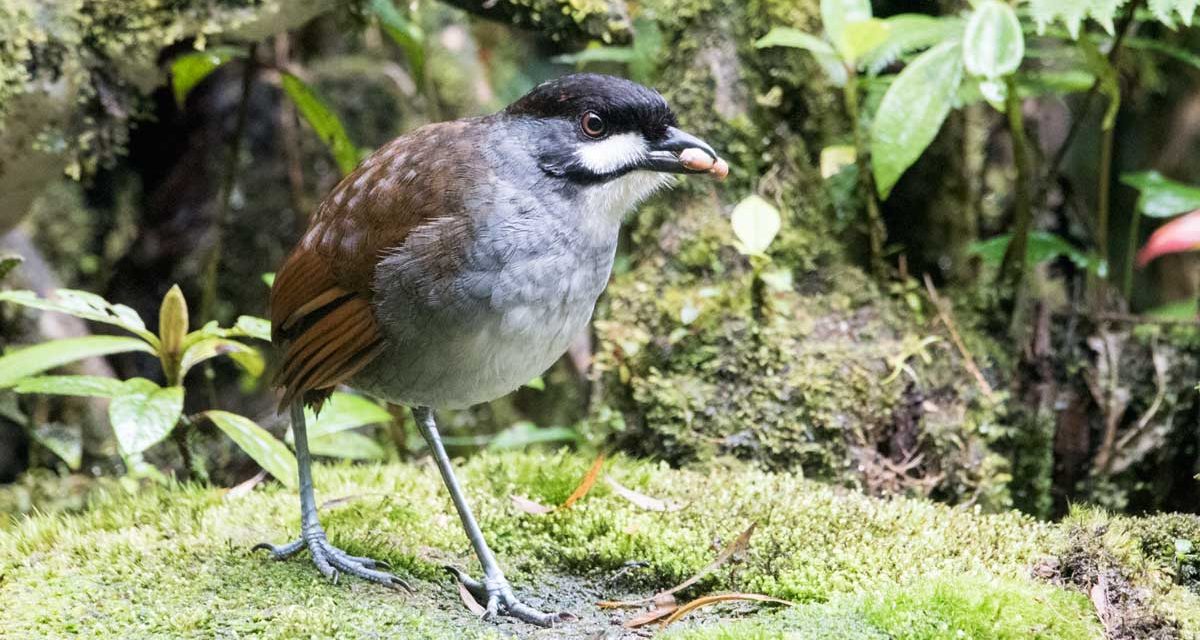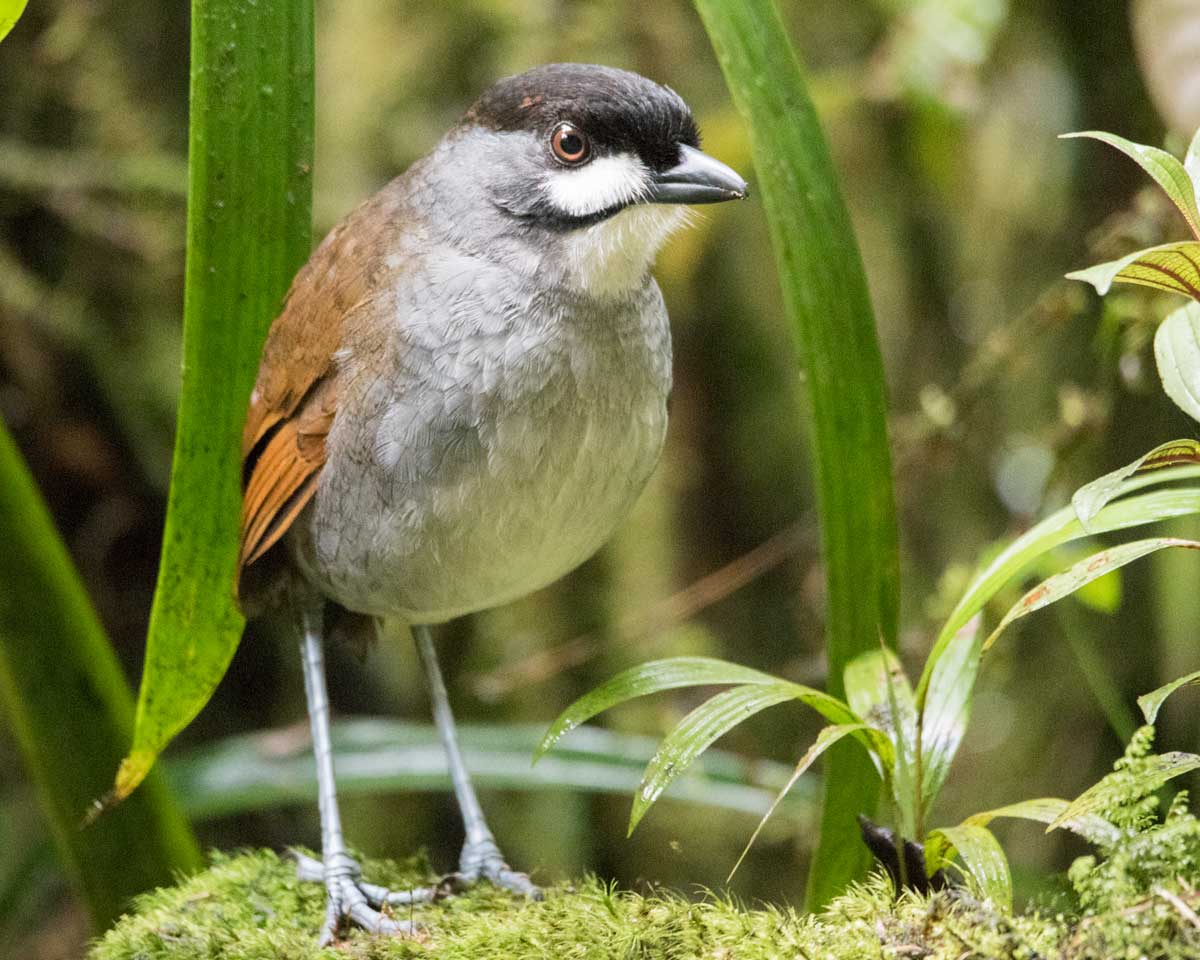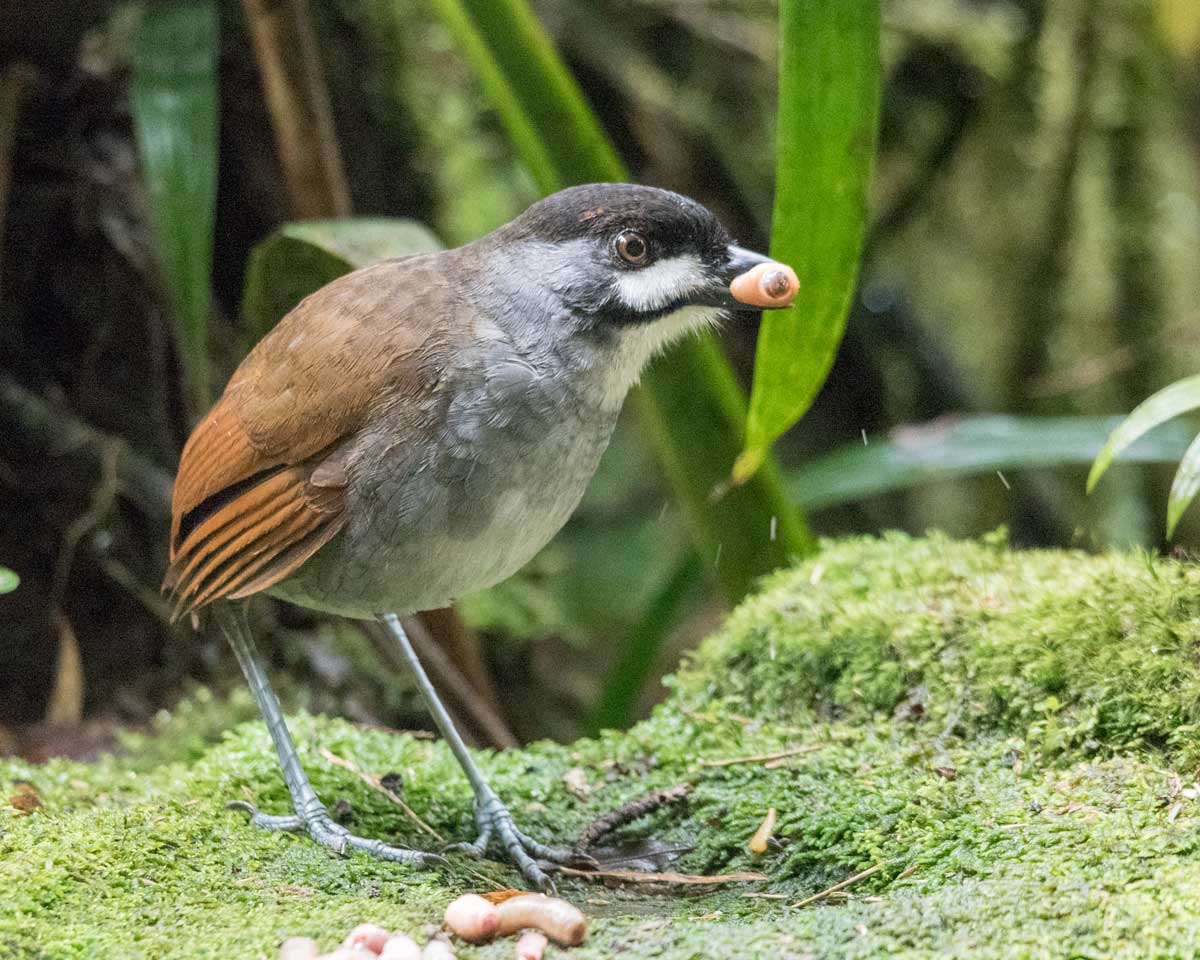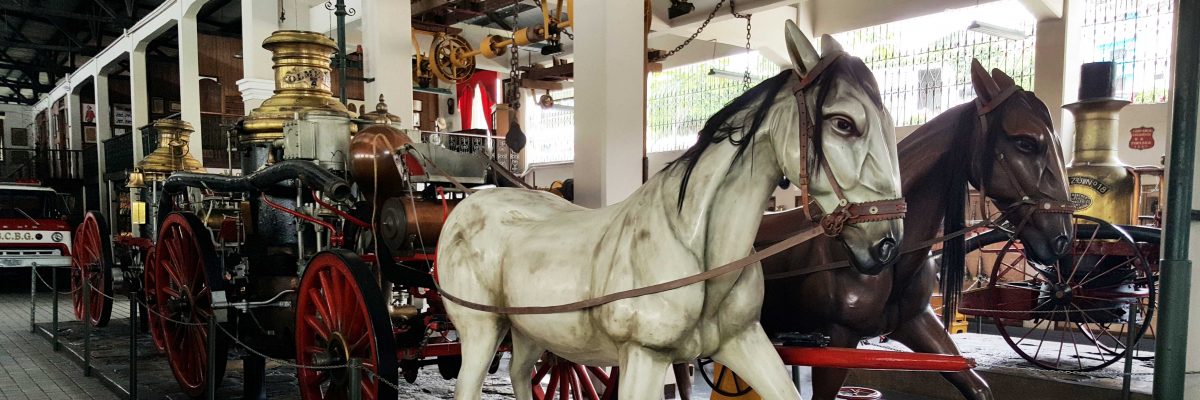When the General Manager of Jocotours, Adela Espinosa, told me that I would fall in love with the Jocotoco Antipitta, I wasn’t so sure. I love photographing birds. But fall in love with one? Okay, maybe a hummingbird with a neon blue tail, but not a ground-loving, worm-eating antipitta.
What is an Antpitta?
My first contact with an antpitta (pronounced ant-pit-ah) took place in the Yanacocha Reserve. It was mid-morning on a sunny day. A diminutive, russet colored bird with long legs ran across my hiking boots as I was enjoying the view of Guagua Pichincha. I didn’t realize what kind of bird I had seen until months later. My family and I were visiting the Wildsumaco Lodge where we attended an antpitta feeding, common at many Ecuadorian birding lodges. There, I saw a long-legged creature dash through a small clearing in the forest to snatch up a worm. That’s what I saw in Yanacocha!
There are a few generalizations we can make about the anpitta family. Antpittas are ground birds. They have long, powerful legs compared to their body size. It makes many of them look like they are standing upright. Their small wings help them fly short distances. However, most species prefer to scurry and hop, bouncing along the ground or up to low lying branches. Generally, they are shy creatures that are easy to hear but very hard to see.
Fortunately, antpittas are vocal birds and readily respond to calls in the wild. In some places, reserves ask that birdwatchers refrain from using playback, a method of playing the call of a bird in order to attract it closer. Using playback too often can cause havoc with local bird populations.
Listen to the Jocotoco Antpitta
History of the Jocotoco Antpitta
When we arrived at the Tapichalaca Reserve in Southern Ecuador, we were very interested to add a new species of antpitta to our life lists, the Jocotoco Antpitta. Discovered in 1997, this lovely bird’s Latin name, Grallaria ridgelyi, honors one of its co-founders, Dr. Robert Ridgely. He and a small team were in the area recording bird calls when they heard the distinctive cry of a species they did not recognize. They played back the sound in hopes of attracting the bird out into the open. To their surprise, a tall, stout ground bird hopped into view. It was the first recorded sighting of the Jocotoco Antpitta.
As with many of the more recently discovered birds in Ecuador, the Jocotoco Antpitta is in danger of extinction. The cloud forests of Southern Ecuador and Northern Peru face several challenges including logging, mining, and cattle farming. For this reason, Dr. Ridgely and several others joined together to find a way to protect the Jocotoco Antpitta via the Jocotoco Foundation.
Seeing the Jocotoco Antpitta
On the morning of our visit, we hiked for about an hour before arriving at a small feeding station. The ground was wet after a few days of pouring rain. Fortunately, a small awning protected a wooden bench, helping to keep our equipment dry. We set up cameras and waited for our guide, Vicente, to go about his business.
Vicente pulled out a container full of worms. Then he called to the Jocotoco Antpitta while simultaneously placing a few tasty grubs in a couple of strategic locations. The antipitta kindly replied from the depths of the forest, its deep voice repeating multiple times.
It’s call is a mournful sound, especially when coming from the darkest corners of the dim cloud forest on a foggy day. But the bird itself is not sad looking in any way shape or form. When he appeared out of the forest, a huge smile came to my face. I felt like I was meeting a woodland creature right out of the Beatrix Potter books.
In fact, in a very un-scientific manner, I would describe this bird as stately. It is not just because it stands tall but also for its very formal coloring. Its chestnut brown wings contrast with its gray breast and shoulders, as if it is wearing a formal vest. Its black face sports a white mustache and beard, giving even the females a very masculine appearance. Yes, in this bird species both the male and female look alike. Because it looks so very elegant it is funny to watch it hop into view. It seems as if this proud bird should walk upright and start shaking hands in greeting.
Jocotoco Antpitta Behavior
We were fortunate enough to see two birds come to the feeding station. The second was not welcomed by the first. In fact, the slightly larger bird chased away the smaller interloper. VIncente told us that the unwelcome visitor was a chick from the previous hatching.
He went on to tell us that the Jocotoco Antipitta can breed twice a year. The new batch, possibly only one but maybe two chicks, was waiting for their parent to bring them food. Occasionally a young chick will also come to the feeder. But once it reaches adolescence, its parents expect it to figure out how to fend for itself fairly quickly!
Because the antpittas in this area receive regular feedings, it has an increased chance of survival. Interestingly, this antpitta will occasionally follow swarms of army ants, grazing on the large insects. Scientists also believe that this antpitta is attracted towards large mammals, like humans, who disturb the leaf-littered ground and expose insects and grubs as they walk along trails. However, few studies of this bird have taken place and most of these observations are hypothetical.
Photographing the Jocotoco Antpitta
Photographing the Jocotoco Antpitta was lots of fun. It is a quirky little bird and hoped to capture some of that essence in photos.
Because of the dim light, many photographers will want to bring a tripod along. However, I prefer to have full control over my camera and be ready to switch directions in a moments notice. Not to mention, I don’t like hiking with the extra weight. Instead, I used a higher speed film to help compensate for the dim light and the rapid movement of this unpredictable bird. For the photographers reading this, I started of at ISO 4000 with an f/9.0. But the light was not enough so I moved to an ISO 6200 with an f/7.1. Overall, I am super happy with how the photo session turned out!
























Beautiful photos….y Gracias también por su aclaración ornitológico magistral!
Gracias por sus palabras lindas! It’s always nice to get a compliment in two languages 🙂